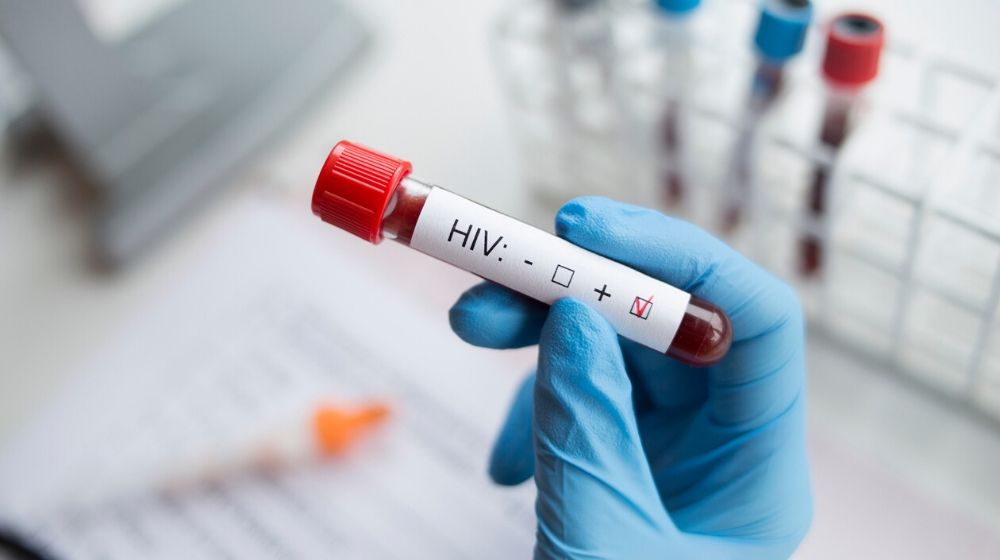Breaking News
CDC: More Than 150K People Infected with HIV Don’t Know They Have it

More than 150,000 Americans are infected with HIV and don't know they have it, a new analysis has revealed, suggesting that testing and prevention services “have not reached enough Americans,” Centers for Disease Control and Prevention officials said Tuesday.
The latest CDC Vital Signs report has found that, as of 2017, more than 154,000 people across the country are HIV-positive and don't know their status because they haven't been tested for the virus.
This new figure accounts for roughly 14 percent of all of those infected with the virus, and it may contribute to the “stalled” progress in reducing the number of new infections occurring across the country, officials noted.
Based on these, and other, findings, achieving the administration's stated goal of ending the HIV epidemic in the U.S. by 2030 “would be one of the greatest public health triumphs in the nation's history,” said Eugene McCray, director of the CDC's Division of HIV/AIDS Prevention.
The new data “show us where we need to focus our efforts,” McCray said, and the agency on Tuesday announced plans to boost availability of preventive medications and education programs to push those efforts forward.
The Vital Signs report notes that, overall, more than 38,000 new HIV infections occur in the U.S. annually, and that this number has remained “stable” since 2013, when an estimated 37,500 new cases developed.
“In this case, stable isn't good,” McCray said.
Furthermore, too few people who represent these new cases even know they have the virus — particularly among teens and young adults, the CDC found.
Overall, nearly 86 percent of the 1.2 million Americans living with HIV in 2017 had “received a laboratory-confirmed diagnosis,” the agency reported. That figure, however, dropped to less than 55 percent among those age 13 to 24 and less than 71 percent among those age 25 to 34.
Approximately 63 percent of the more than 850,000 people diagnosed with HIV in 42 jurisdictions that were included in the analysis had a suppressed viral load — meaning the disease was undetectable in their blood and thus couldn't be transmitted to another person. But that number was significantly lower among younger Americans: Among those age 13 to 24 and 25 to 34, just 57 percent and 58 percent, respectively, had achieved viral suppression.
These percentages were found to be lower among African-American and Latino people than white people, the analysis found.
To reduce the number of new infections, the administration announced Tuesday that it will provide free pre-exposure prophylaxis — or PrEP — to people who are at risk of contracting the virus and do not have prescription drug coverage.
To be eligible for “Ready, Set, PrEP,” people must test negative for HIV, have a valid prescription for the medications and not have prescription drug coverage, officials at the Department of Health and Human Services said.
Overall, just 18 percent of those who are considered at risk for HIV — including men who have sex with men and injection drug users — are taking the PrEP regimen.
“PrEP uptake is too low,” McCray added. “And this will help.”
In addition to national drug initiatives like this, McCray noted that it will take community-based efforts to spread awareness of HIV prevention and treatment. The Vital Signs report also documents rates of confirmed HIV diagnoses, viral suppression and PrEP uptake by state, and some are performing better than others.
While states such as Pennsylvania, Vermont and Idaho have rates of laboratory-confirmed diagnoses above 90 percent, that figure is at 82 percent or less in states like Louisiana and Georgia. And, while the percentage of those living with HIV who have achieved viral suppression approaches 80 percent in many parts of the country, it's less than 50 percent in places like Mississippi and South Dakota.
Meanwhile, PrEP uptake is less than 10 percent in several states, including Alaska, Delaware, Kentucky, Montana, Oklahoma and Virginia, according to the CDC.
